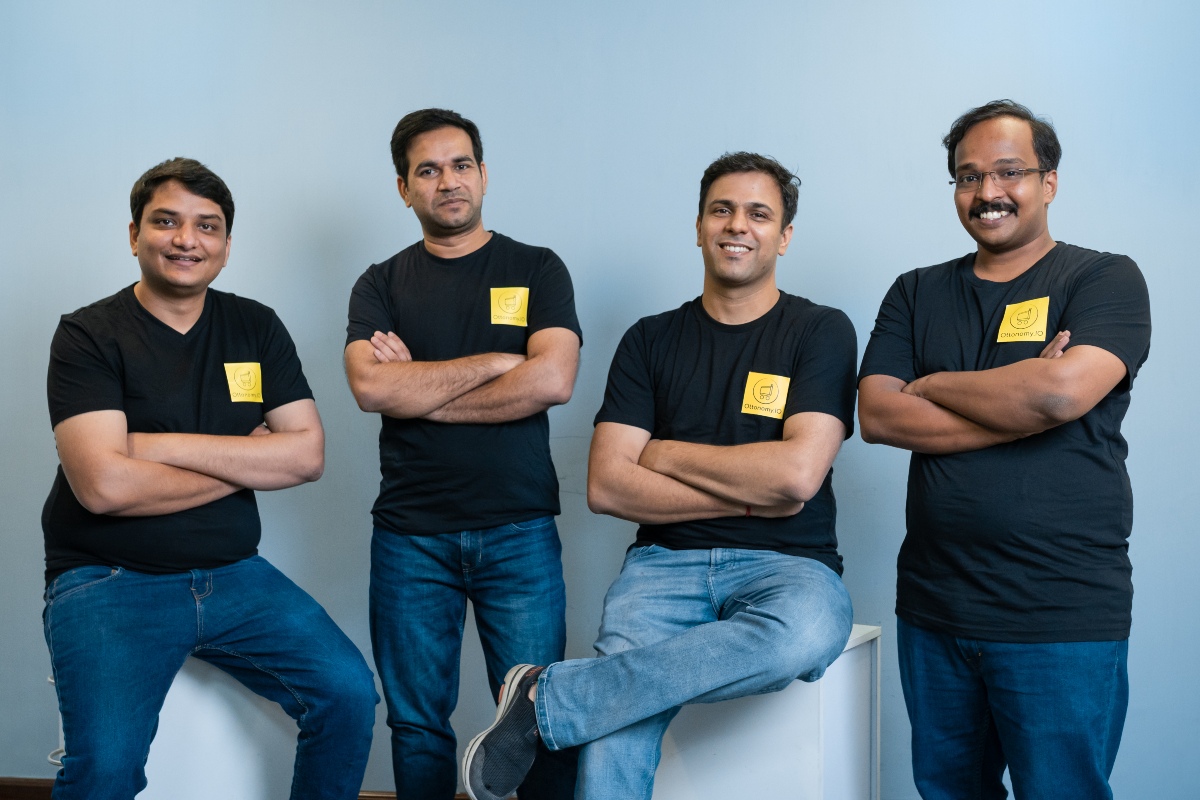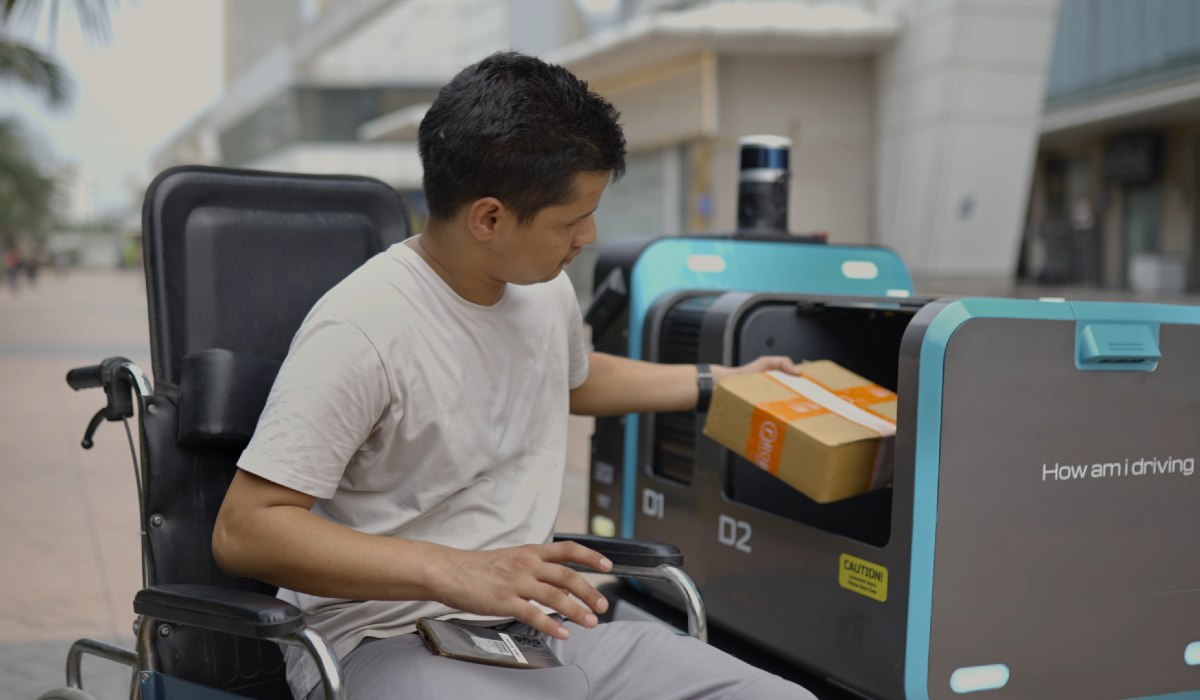Technology built with defense in mind is getting some significant and serious traction at the moment, spurred by world events, advances in technology, and a growing appetite from end users to invest in more innovative ways to protect themselves. In the latest development, Shield AI — which makes software and hardware for drones and other autonomous aircraft used by military and other government organizations — has raised $165 million in funding, $90 million in Series E equity and $75 million in debt.
The funding is coming in at a $2.3 billion valuation, Shield AI said. The company has been on a strong pace on that front: it follows on from a $210-$300 million Series D about ten months ago that valued the company at $1.25 billion. (It never confirmed the final amount, which was also a mix of equity and debt.)
Doug Philippone at Snowpoint Ventures led the round, with Riot Ventures, Disruptive (a returning backer; it led Shield AI’s Series D) and Homebrew (it led Shield AI’s seed round). The company’s other investors include Point72, Andreessen Horowitz, Breyer Capital, and SVB Capital.
Philippone is an interesting person to lead on this latest round: in addition to being an investor, he is also Palantir’s global defense lead, a job he’s been in for the last 14 years. This is important not least because Palantir arguably was one of the key companies to change the game for how startups, spurred by the tech boom out of Silicon Valley, both engaged and started to win defense contracts and raised huge sums from VCs to fuel that growth.
Another influential startup changing the conversation around funding defense tech is Anduril, which as we reported just the other week, is raising up to $1.2 billion (potentially more) at a $7 billion valuation. That round, we have heard, is basically now closed.
Shield AI is based out of San Diego, which you could say is a little like the Silicon Valley of the defense industry. It’s the home port of the U.S. Pacific fleet, and according to stats gathered by the city’s chamber of commerce, outside of Fairfax County, Virginia (where the Pentagon is based) greater San Diego gets more defense spending than any other place in the U.S. Shield is based there among a dozens of other major and smaller defense contractors.
And if you don’t follow the defense industry, but have at least seen or heard of Top Gun or its recently-released blockbuster sequel, you’ll know that it’s a major center specifically for aerospace development. Shield AI targets a very specific customer base that is focused around the U.S. military and its allies, but even so it speaks about what it does in terms that bring is purpose and function into context for more ordinary people.
“China’s military is Netflix; the U.S. military is Blockbuster. China is Amazon; the U.S. is Barnes & Noble. China is Tesla; the U.S. is General Motors,” writes Brandon Tseng, the president of the company who co-founded it with his brother Ryan (who is the CEO). Brandon is also a former Navy SEAL so he speaks with some authority in making these sorts of analogies.
And on the company’s home page, it describes Hivemind, its AI-based autonomous software platform, as what else? “A Top Gun for every aircraft.”
As with a lot of other companies (maybe every company) in autonomous transportation, be it in the air or on the ground, Shield AI has a mix of software and hardware that is already usable, and then products that are still in development. Some will be used in purely autonomous systems, and some in tandem with humans.
In the case of Shield AI, the company says that Hivemind and its Nova drone (or small-unmanned aircraft system, sUAS, in more formal terminology) have been in use since 2018. Ryan Tseng tells us that the specifics of exactly where and how are classified, as are most of the companies other activities, but they are part of the U.S. Department of Defense Program of Record.
It’s also working on a vertical take-off and landing (VTOL) aircraft called V-BAT that will be soon equipped with Hivemind. The software is being integrated into other aircraft, too, such as the F-16 fighter jet pictured above, where it will act as a co-pilot alongside a human, with the aim for it to be used also across F-22s, F-18s, and other models. In the meantime, Tseng said in an interview that its V-BAT craft also have been operational since 2018 around the globe.
“The DoD and international militaries are acquiring V-BAT at a rapid rate so we’re ramping production as quickly as possible,” he said — one reason for this funding. V-BAT beat out 13 competitors to win a major Navy Program of Record, he added. Its selling point is its ability to withstand challenging conditions. “The unique design and controls allow it to take off & land in high winds, on crowded flight decks, aboard moving vessels with landing zones as small as 12’ x 12’.”
The bigger strategy is to build a “swarming” capability for its devices — essentially to use a number of them in concert as a way of evading jamming technologies from adversaries. This, Tseng said, is on track for coming to market by the end of 2023 (although since a lot of what they do is classified, they may not actually make anything public until it’s already being used).
Taking both Anduril’s recent landmark round and this latest round for Shield AI, we’re in a moment right now where VCs — working themselves in a challenging financial climate — have changed their tune when it comes to backing companies in the defense space, which includes not just companies like these building military technology, but also those working in cybersecurity and other kinds of technology that helps with resilience. This could include, interestingly, alternative energy tech and of course products that can be used by more than just governments but enterprises as well.
“The fundraising climate has never been more favorable for defense technology companies,” Tseng told TechCrunch. “Supporting defense was taboo in many circles. We were rejected by many early investors because defense was considered too controversial. Today, there is growing recognition that investment in defense contributes to security, stability, and peace, all of which are foundational to a flourishing society.”
As noted by others who are investing in this space right now, or building for it, there has indeed been a noticeable shift in how people view companies like Shield AI and what they are trying to develop. That is still a challenge, though, which might be one reason why a company like Shield goes through the work of putting out messaging to people who may never actually be customers to still take in what they are trying to do.
“Many people don’t realize the scope of conflict in the world – before Ukraine, 84 million people were displaced by violence and persecution, up from 39 million in 2011,” Tseng said. “There aren’t that many opportunities to contribute to technologies that meaningfully address humanity’s great challenges – or that create the general conditions for human achievement. When you work on AI pilots for defense – you are working on the most important and disruptive defense technology of the next thirty years – and are empowering our country and allies to advance security, stability, and peace.”
That is filliped also by the fact that adversaries are also hot on the heels building their own similar systems. China is aiming for military parity by 2027 in the Pacific, Tseng pointed out, meaning they aim to exceed the U.S. by 2028. And he added that there have been reports that it is already benchmarking their prototypes against Shield AI’s pilot.
Tseng also may be biased but has a very different idea of why autonomous matters more in this context. “Waymo engineers get to build minivans that plod through the suburbs at 25 mph, we get to work autonomous fighter jets that fly 1000+ mph, dodge missiles, and find threats,” he said.
All this is spelling not just an opportunity in the business sense, but a wider one, too, for those backing Shield AI.
“Investors are flocking to quality. This round is a reflection of Shield AI’s success in creating great products, building a business with strong fundamentals, and dominant technological leadership – with an AI pilot proven to be the world’s best in numerous military evaluations,” said Philippone in a statement. “We love that they are leveraging an AI and software backbone across a variety of aircraft to deliver truly game-changing value to our warfighters. The work they are doing today is just the tip of the iceberg.”


